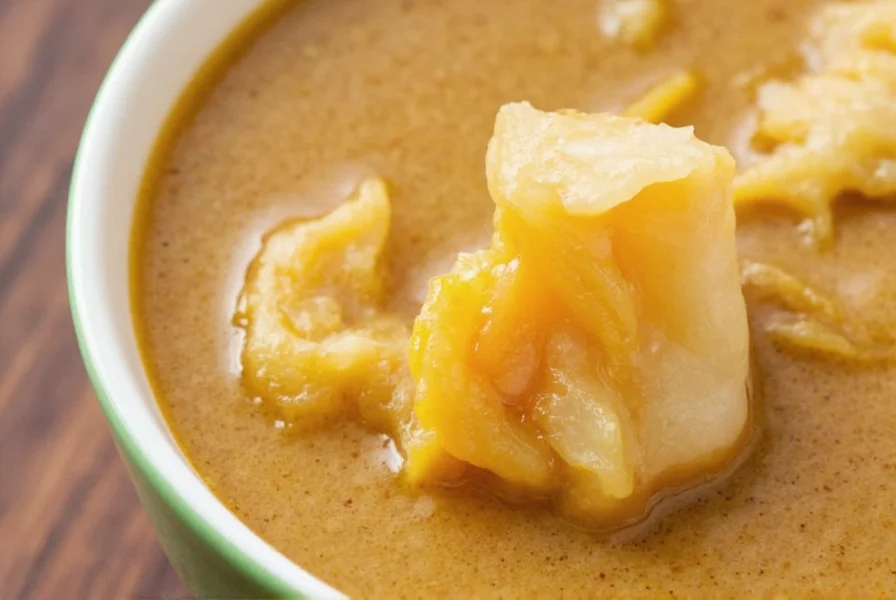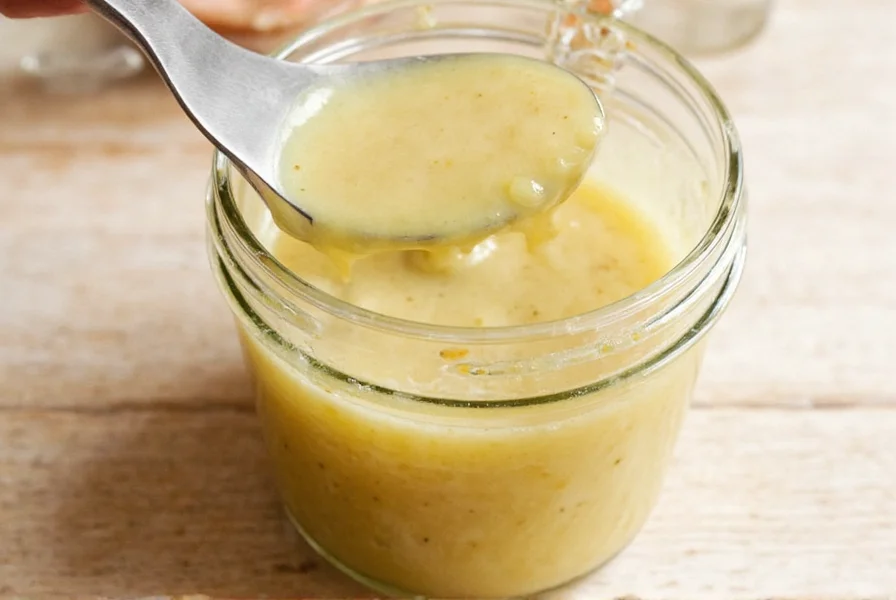The authentic Japanese ginger dressing recipe combines 1/4 cup rice vinegar, 3 tablespoons soy sauce, 2 tablespoons fresh ginger (grated), 1 tablespoon sesame oil, 1 tablespoon honey or maple syrup, 1 clove garlic (minced), and 2 tablespoons neutral oil. Whisk ingredients until emulsified. This simple 7-ingredient formula creates the perfect balance of sweet, tangy, and savory flavors characteristic of traditional Japanese restaurant-style dressings.
If you've ever wondered how to recreate that vibrant, refreshing Japanese ginger dressing from your favorite sushi restaurant, you're in the right place. This authentic recipe delivers the perfect balance of sweet, tangy, and savory notes that complements salads, grilled proteins, and vegetable dishes. Unlike store-bought versions that often contain preservatives and artificial flavors, this homemade version uses fresh, wholesome ingredients you likely already have in your pantry.
Understanding Japanese Ginger Dressing
Japanese ginger dressing, known as shoga vinaigrette in Japan, originated as a lighter alternative to heavier Western-style dressings. Traditional versions feature freshly grated ginger as the star ingredient, providing both distinctive flavor and digestive benefits. What sets authentic Japanese ginger dressing apart from Americanized versions is its delicate balance—never overly sweet, with ginger's natural heat tempered by rice vinegar's mild acidity.
Many commercial dressings compromise authenticity by using ginger powder instead of fresh ginger, resulting in a flat, one-dimensional flavor. The best Japanese ginger dressings showcase ginger's complex profile—bright, slightly floral, with subtle citrus notes—achieved only through fresh preparation.
Why This Recipe Works
This carefully calibrated formula addresses common pitfalls in homemade Japanese dressing recipes. Most amateur versions either overpower with ginger or drown the delicate flavors in too much sugar. Our approach maintains authenticity while accommodating home kitchen realities:
- Fresh ginger ratio—2 tablespoons provides noticeable ginger flavor without overwhelming heat
- Natural sweetener balance—just enough honey to round flavors without making the dressing cloying
- Proper emulsification—the oil-to-vinegar ratio creates a stable dressing that won't separate immediately
- Real ingredients only—no preservatives, artificial flavors, or unnecessary additives
| Ingredient | Amount | Key Function |
|---|---|---|
| Fresh ginger (grated) | 2 tbsp | Provides authentic flavor and subtle heat |
| Rice vinegar | 1/4 cup | Mild acidity that won't overpower delicate flavors |
| Soy sauce | 3 tbsp | Umami foundation and saltiness |
| Neutral oil | 2 tbsp | Creates emulsion and carries flavors |
| Honey or maple syrup | 1 tbsp | Balances acidity with natural sweetness |
Step-by-Step Preparation
Creating authentic Japanese ginger dressing requires attention to technique as much as ingredients. Follow these steps for restaurant-quality results:
- Prepare fresh ginger—Peel ginger using a spoon (gentler than a knife) and grate on a microplane for finest texture
- Combine wet ingredients—In a small bowl, whisk rice vinegar, soy sauce, sesame oil, and honey until honey dissolves completely
- Incorporate ginger—Add grated ginger and minced garlic, stirring to distribute evenly
- Emulsify—Slowly drizzle in neutral oil while whisking continuously until dressing thickens slightly
- Rest—Let dressing sit for 15 minutes before using to allow flavors to meld

Perfecting Your Dressing: Pro Tips
Even with the right ingredients, small technique adjustments can transform your dressing from good to exceptional:
- Ginger preparation matters—Squeeze grated ginger in your hand to extract maximum flavor while removing excess fiber
- Temperature control—Use room temperature ingredients for proper emulsification; cold ingredients cause separation
- Acidity adjustment—If too tart, add 1/2 teaspoon honey; if too sweet, add 1 teaspoon rice vinegar
- Texture refinement—For smoother dressing, strain through fine mesh after resting
- Flavor development—Dressing tastes best after 2 hours of resting as flavors fully integrate
Versatile Serving Suggestions
While perfect for traditional Japanese salads, this dressing shines in numerous applications:
- Salad base—Toss with mixed greens, cucumber ribbons, and toasted sesame seeds
- Protein marinade—Marinate salmon or chicken for 30 minutes before grilling
- Dipping sauce—Thin with 1 tablespoon water for gyoza or spring rolls
- Grain bowl enhancer—Drizzle over quinoa or brown rice bowls with roasted vegetables
- Slaw dressing—Use with cabbage and carrot slaw for Asian-inspired crunch

Storage and Shelf Life
Proper storage maintains both safety and flavor quality:
- Refrigeration—Store in airtight container for up to 1 week
- Separation is normal—Simply shake or whisk before each use
- Freezing option—Pour into ice cube trays, then transfer to freezer bag for up to 3 months
- Signs of spoilage—Discard if you notice mold, sour smell, or significant color change
- Reviving—If separation occurs, add 1 teaspoon water and whisk vigorously to re-emulsify
Common Variations
Adapt this base recipe to suit dietary needs or flavor preferences:
- Vegan version—Substitute maple syrup for honey
- Gluten-free—Use tamari instead of regular soy sauce
- Lower sodium—Use reduced-sodium soy sauce and increase rice vinegar slightly
- Spicy kick—Add 1/4 teaspoon chili flakes or sriracha
- Citrus twist—Add 1 teaspoon yuzu or lemon juice for brightness











 浙公网安备
33010002000092号
浙公网安备
33010002000092号 浙B2-20120091-4
浙B2-20120091-4